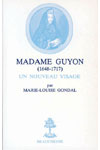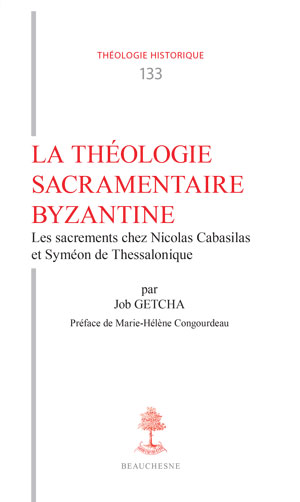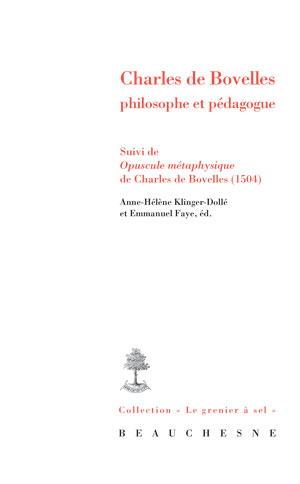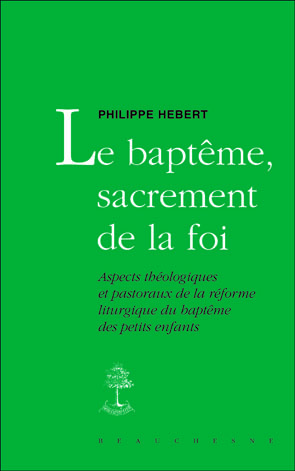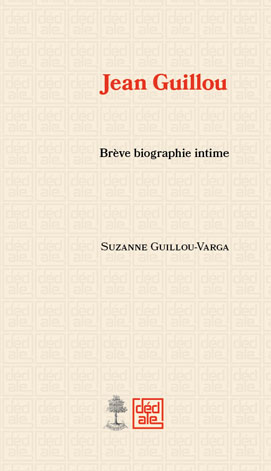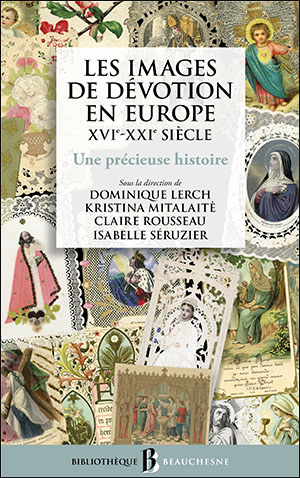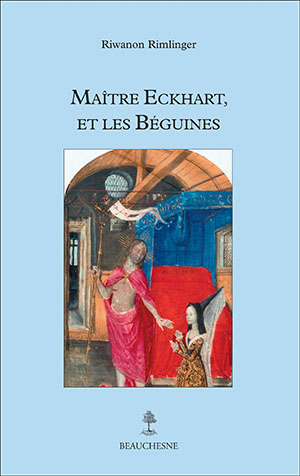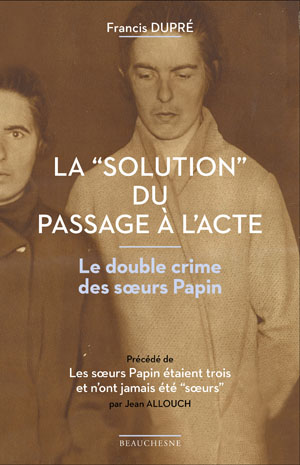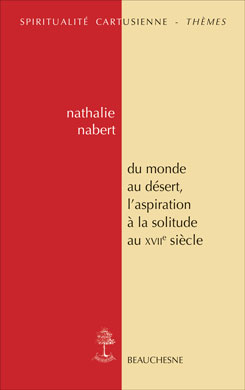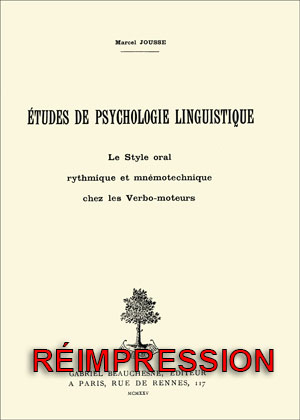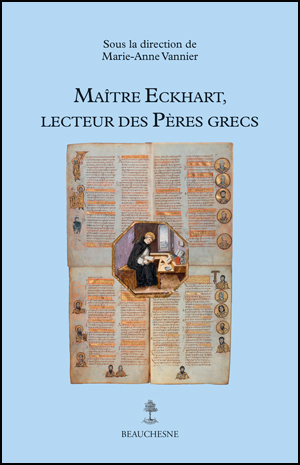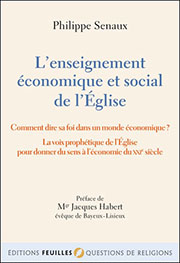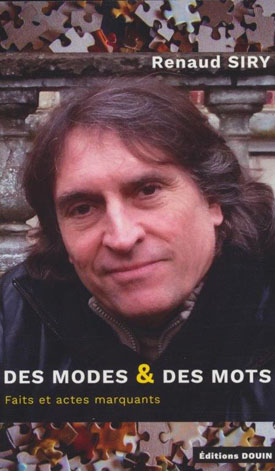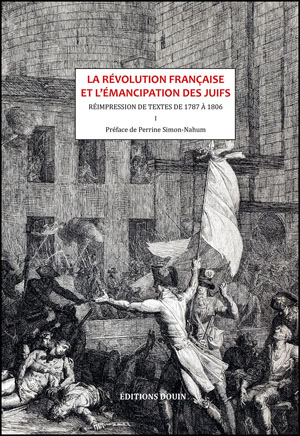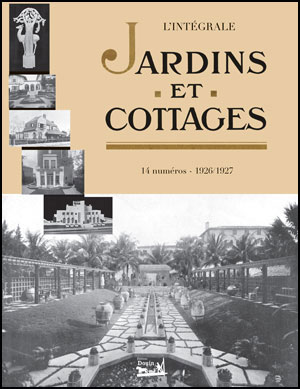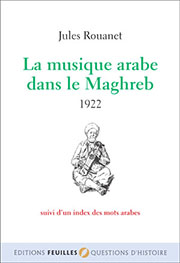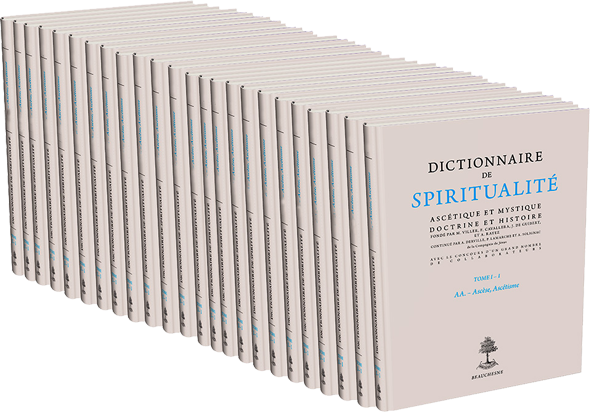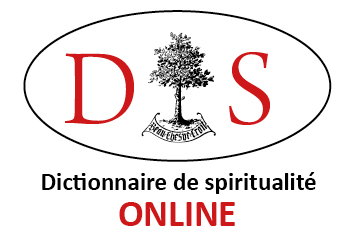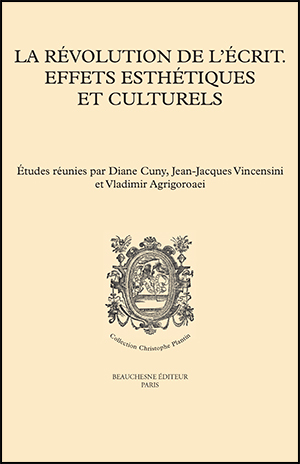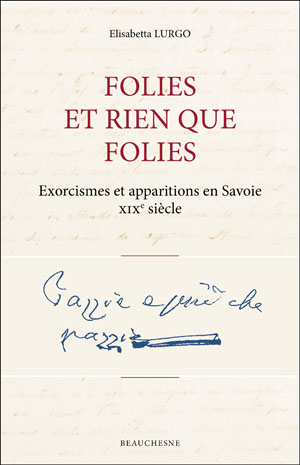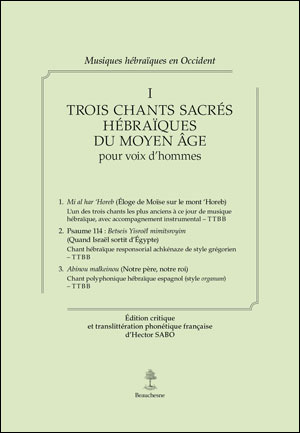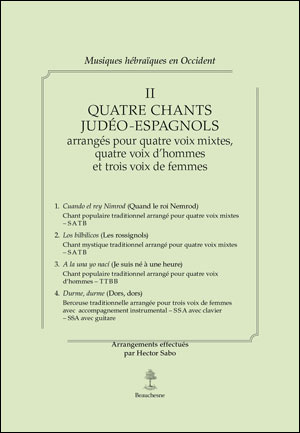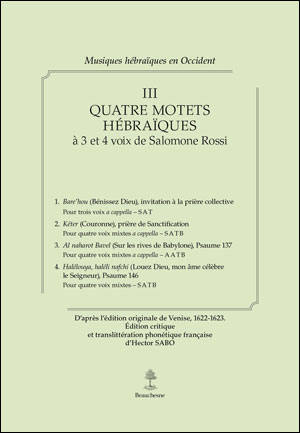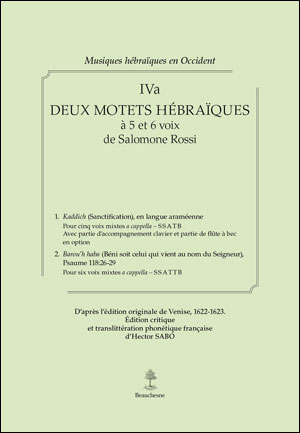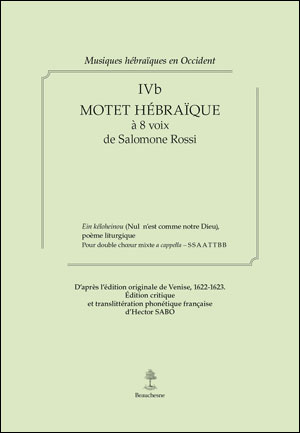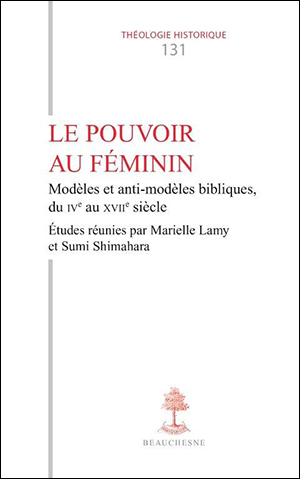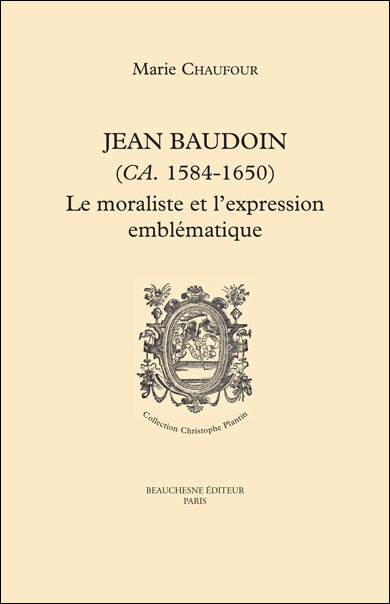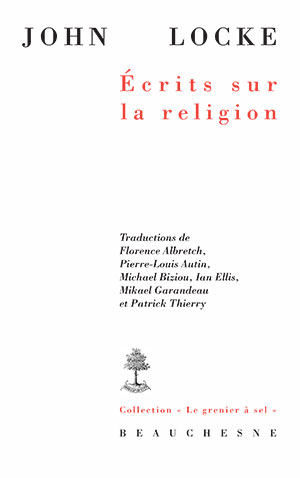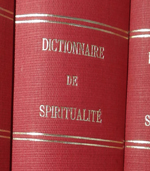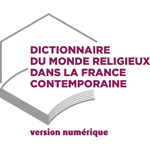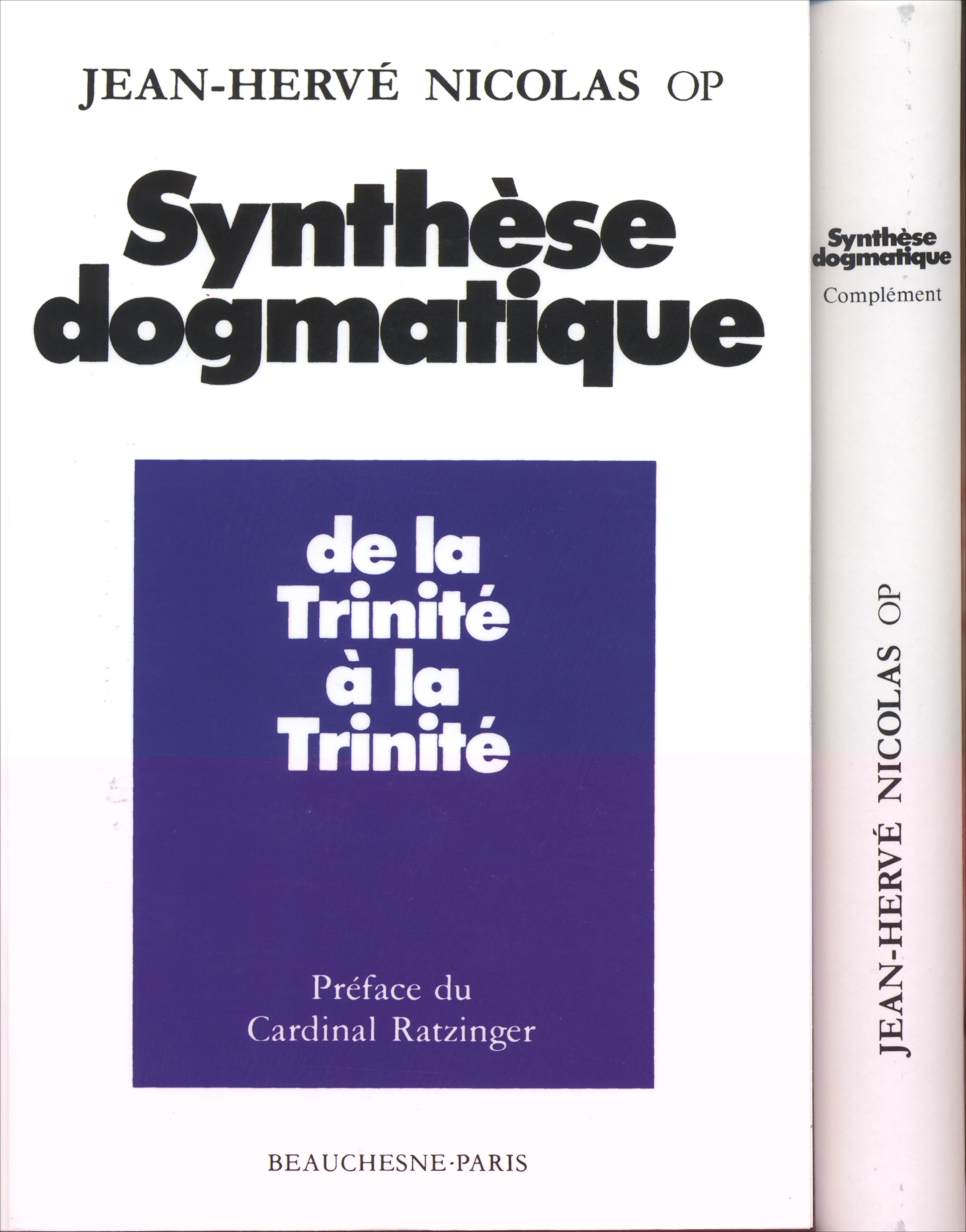39.00 €
12- MADAME GUYON (1648-1717), UN NOUVEAU VISAGE
Date d'ajout : mercredi 19 août 2015
par James H. DAVIS
REVUE : THE EIGHTEEN CENTURY III,118
This new evaluation of Madame Guyon is neither a feminist tract nor a revisionist biography. Written by a theologian whose particular interest is the mystic art, it is,however, an attempt, first of all, to disentangle one of the great figures of Quietism from the web of cliches and malicious gossip that has for so long ensnared her. Secondly, it is an effort to explain the enduring quality of the freedom she expresses.
Gondal, who divides her study into three parts, proposes first a sort of backward itinerary that leads us from such recent psychoanalytic readings of Madame Guyon as Kristeva's Histoires d'amour (1983) and Bruneau-Paine's dissertation to such early twentieth-century interpretations as Delacroix's and Bremond's, which, while serving to illustrate an ability to liberate philosophy from religion, represent in essence a point of no return insofar as explaining the social and doctrinal conditions affecting the production of the Guyonian experience. From this point, we proceed to the latter nineteenth century (which marks a rediscovery of the subject's work and personality) and then on a downward spiral to the eighteenth century, when, for the most part, her support and recognition were unavowed. This introductory section concludes with an analysis of the role played by Nicole, Bossuet, and Fenelon in the affair.
In part two, Gondal delineates the principal lines of the Quietist controversy, striving to show that it was not simply a doctrinal debate (here, as in one part, she returns to the question of Madame Guyon's status as a woman and a lady), but that it was related to matters of sexuality and immortality. Just as important as these' 'alibis" that in essence blocked a true confrontation between Madame Guyon and the Catholic establishment is the question of her defense, for only she, according to Guyon, seems to have perceived the real issue at stake : not what truth really is, but how to speak in a truthful fashion.
One of the major goals of GondaI' s concluding section is to avoid a new misunderstanding concerning mysticism.
To do so, she turns principally to Madame Guyon's autobiography, searching for a textual basis for her spiritual itinerary from 1668 until approximately 1684. With careful attention to the subject's vocabulary of self-discovery and the very intimate event that is occurring, the author enforces the evolutionary nature of Madame Guyon's discovery of the presence of God within her own being. What remains to be covered in the terminal chapter is an exposition of the mystic act, which is done in a thoroughly lucid way.
This study is important from several perspectives, not least of which is its ability to have us see that the Quietist conflict was really nothing more than "un affrontement du christianisme et de la modernité" (p. 90). Gondal also underscores in a most convincing manner the idea that since theology is indeed concerned with the anthropological, we are now able, within the confines of a secularized culture, to hear a voice with new resonances.
This new evaluation of Madame Guyon is neither a feminist tract nor a revisionist biography. Written by a theologian whose particular interest is the mystic art, it is,however, an attempt, first of all, to disentangle one of the great figures of Quietism from the web of cliches and malicious gossip that has for so long ensnared her. Secondly, it is an effort to explain the enduring quality of the freedom she expresses.
Gondal, who divides her study into three parts, proposes first a sort of backward itinerary that leads us from such recent psychoanalytic readings of Madame Guyon as Kristeva's Histoires d'amour (1983) and Bruneau-Paine's dissertation to such early twentieth-century interpretations as Delacroix's and Bremond's, which, while serving to illustrate an ability to liberate philosophy from religion, represent in essence a point of no return insofar as explaining the social and doctrinal conditions affecting the production of the Guyonian experience. From this point, we proceed to the latter nineteenth century (which marks a rediscovery of the subject's work and personality) and then on a downward spiral to the eighteenth century, when, for the most part, her support and recognition were unavowed. This introductory section concludes with an analysis of the role played by Nicole, Bossuet, and Fenelon in the affair.
In part two, Gondal delineates the principal lines of the Quietist controversy, striving to show that it was not simply a doctrinal debate (here, as in one part, she returns to the question of Madame Guyon's status as a woman and a lady), but that it was related to matters of sexuality and immortality. Just as important as these' 'alibis" that in essence blocked a true confrontation between Madame Guyon and the Catholic establishment is the question of her defense, for only she, according to Guyon, seems to have perceived the real issue at stake : not what truth really is, but how to speak in a truthful fashion.
One of the major goals of GondaI' s concluding section is to avoid a new misunderstanding concerning mysticism.
To do so, she turns principally to Madame Guyon's autobiography, searching for a textual basis for her spiritual itinerary from 1668 until approximately 1684. With careful attention to the subject's vocabulary of self-discovery and the very intimate event that is occurring, the author enforces the evolutionary nature of Madame Guyon's discovery of the presence of God within her own being. What remains to be covered in the terminal chapter is an exposition of the mystic act, which is done in a thoroughly lucid way.
This study is important from several perspectives, not least of which is its ability to have us see that the Quietist conflict was really nothing more than "un affrontement du christianisme et de la modernité" (p. 90). Gondal also underscores in a most convincing manner the idea that since theology is indeed concerned with the anthropological, we are now able, within the confines of a secularized culture, to hear a voice with new resonances.
Moteur de recherche www.editions-beauchesne.com
Le moteur peut rechercher dans différents champs :
- Un nom d’auteur (AUTEUR)
- Un mot du titre (TITRE)
- Un ISBN
- Un mot du texte de présentation (TEXTE)
- Un mot du sommaire ou de la table des matières (SOMMAIRE).
La recherche dans les champs TEXTE et SOMMAIRE peut être un peu longue.
En cliquant sur un resultat la fiche du livre correspondant s'ouvre dans un nouvel onglet.
Search engine www.editions-beauchesne.com
The engine can search in different fields:
- An author's name (AUTEUR)
- A word from the title (TITRE)
- An ISBN
- A word from the presentation text (TEXTE)
- A word from the summary or the table of contents (SOMMAIRE).
The search in the TEXTE and SOMMAIRE fields may take some time.
Clicking on a result open the book's sheet in a new tab.

